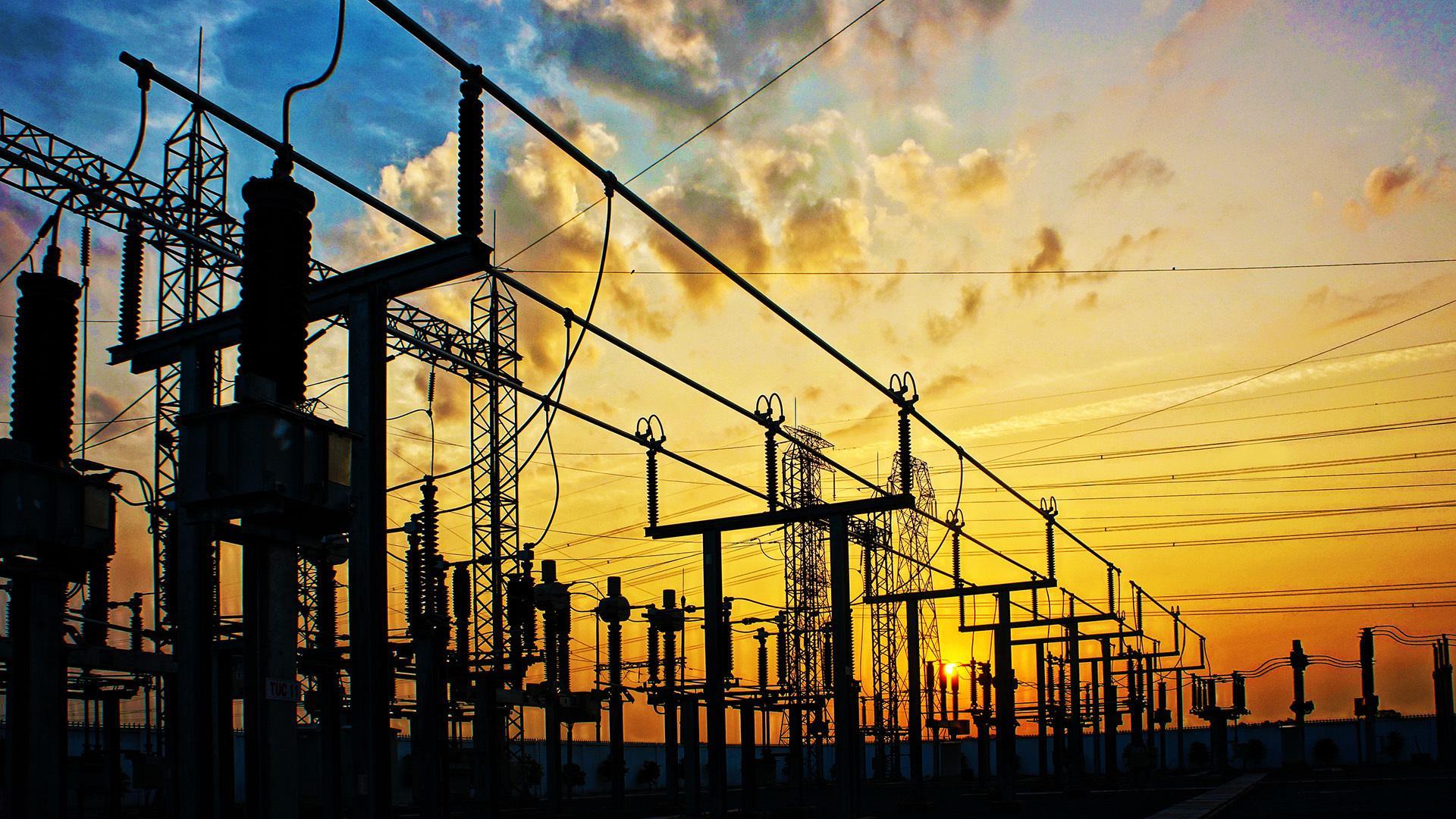Electricity fell by 36%: why and what will happen next
8 September 16:28
In September, the average price on the day-ahead electricity market (RDN) amounted to UAH 3,328/MWh, which is 36% lower than the August level. This was reported by former Energy Minister Olha Buslavets, "Komersant Ukrainian" reports.
According to her, such a significant correction was a logical reaction after the August market anomaly, when prices soared above 5,000 UAH/MWh.
The reasons for the decline are surplus and restored generation
The price reduction is due to a combination of factors:
- the return of nuclear power units to operation, which increased the reliability of baseload generation
- active operation of solar power plants (SPPs) during warm weather, which significantly saturated the system;
- moderate consumption due to climatic conditions; the summer is over and demand has slightly decreased.
As a result, the market saw a surplus of electricity, which led to lower prices.
Context: the August anomaly had no economic basis
In the summer, the RDN index remained steady at over UAH 5,100/MWh, despite the surplus. The new figure of UAH 3,328 is the lowest in recent months. Former Minister Buslavets draws attention to the need for a thorough analysis of market behavior in August, as prices remained extremely high even with surplus supply and demand.
According to the Ukrainian Energy Exchange (UEEX), prices also showed a significant decline:
- august 2025: the average price for base-load agreements (BASE) was ≈ UAH 5,416.4/MWh;
- september 2025: dropped to ≈ 4,972.9 UAH/MWh.
This confirms the general dynamics of falling prices, although the recorded value is slightly higher than Buslavets announced.
In addition, the former Energy Minister emphasized that electricity prices on Ukraine’s western border last week (September 1-7) increased by an average of 11% on weekdays compared to the previous week. The largest increase was recorded in Romania, where the price averaged 102 euros/MWh, which is 13% higher than last week. In other countries, the price of the base load on working days averaged from 101 EUR/MWh (Slovakia) to 116 EUR/MWh (Poland). The forward price for October base load in Hungary is 104 euros/MWh.
According to ICIS, as of 04.09.25, the average monthly price of UAVTP MA in September for October 2025 is UAH 19.6 thousand excluding VAT per thousand m3, or 38.4 Euro/MWh, which is 19% higher than TTF MA on average,” she wrote.
Speaking about the news of the domestic energy sector, Olha Buslavets also noted that the state-owned energy trader Energy Company of Ukraine for the first time imported electricity through its own Moldovan company, ECU EAST S R L. So far, a test 3 MWh has been supplied from Moldova in July. In total, in July 2025, the Energy Company of Ukraine imported 26 thousand MWh from Moldova, Hungary, Slovakia, and Poland.
How the electricity price affects Ukraine from businesses to ordinary consumers
Producers: low day-ahead price is a disadvantage for dominant generators. NPPs and SPPs will face pressure on their revenues in the face of a surplus.
Industry: Industry will benefit from cheaper electricity, especially energy-intensive industries such as metallurgy, chemicals, and mining.
Tariffs for households: still unchanged at 4.32 UAH/kWh. However, the government warns that starting from 2026, they may increase annually by up to 15-20%.
Read also: In 2026, electricity and gas tariffs may rise – the NBU warns of a new round of inflation
Optimism before the heating season
According to energy experts, the stabilization of prices in September is a good signal ahead of the heating season. However, Ukraine’s energy sector is still not self-sufficient: since 2024, the country has lost a significant part of its generating capacity due to the Russian attack. This limits the ability to respond to future shocks.
Analysts emphasize: The NEURC should investigate the causes of the August anomaly: whether there was market manipulation and artificial limitation of generation. And the Government should strengthen measures to develop generation and grids to avoid further crises.
Дивіться нас у YouTube: важливі теми – без цензури
In addition, the problem of energy-intensive enterprises switching to day-ahead purchases is already ripe. This is a chance for them to significantly reduce their production costs.
Читайте нас у Telegram: головні новини коротко









